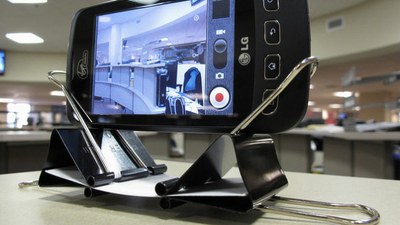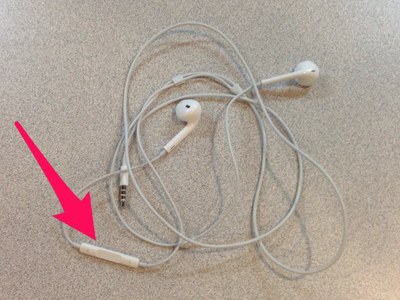Photographing Pollinators
Tips and Tricks for Digitally Capturing Pollinators
- Become a better naturalist: Different pollinators have different behaviors. For example, at my house carpenter bees seem especially active from about 6:00 am through about 7:30 am. Know their routines and you have a better shot at getting a better shot.
- Get up early: Many pollinators are ectotherms, which means they are moving slower in the early morning. Slow-moving pollinators are easier to photograph, so try hard not to hit “snooze.”
- Consider your equipment
- Camera/smartphone: The best camera is the one you have. They may have some limitations, but even the least expensive smartphones or point-and-shoot digital cameras will allow you to document your pollinators.
- Lenses: External lenses will get you closer to your pollinator. For your smartphone, there are a dizzying variety from which you can choose. Look for telephoto and macro versions. http://tinyurl.com/smartphonelenses
If you have DSLR/SLR camera equipment, the long lens is going to be your friend. Whether you have a basic 50 mm lens or a full telephoto, getting a closer shot while staying farther away will exponentially increase your chances for breathtaking pollinator photography. 
- smartphone dock out of two binder clips
Don’t want to buy one? You can probably figure out how to make one with household items, like this!
- Lighting: Of course, you’ve probably heard that the golden hour before sunset and just after sunrise is the best time to take outdoor pictures. Unfortunately, the pollinators don’t care. Having an external light source – whether it is your smartphone’s flashlight feature or a handheld fill flash – will create sharper, more detailed images.
- Know your settings – Take a few minutes to learn your camera’s settings before you head out. Learn especially how to train the autofocus (on an iPhone, tap in the viewfinder where you want prioritize the focus), how to switch to manual focus, how to override or set the exposure and aperture (on an iPhone, tap a second time and slide up or down to set the exposure), how to take a burst of images, and how to use macro settings, if available.
- Repeat, again and again – Digital camera “film” is cheap and reusable, so learn how to use your camera’s “burst” mode to capture lots of sequential images. Choose the best, discard the blurry, poorly framed shots, and keep only the best representations of each pollinator. You might also consider shooting short bursts in video mode, which allows you to capture the movement and behaviors of the pollinators. You’re much more likely to get a good gestalt of the pollinator – which makes identification easier – if you’re able to capture it in context.
- Focus on the eyes –Because your depth of field is shorter, you may have to choose which part of your pollinator is in focus. Focus on the eyes, which is where the observers’ eyes go first.
- Go on a stake out – Pollinators are wary, so instead of chasing them from flower to flower, consider staking out a scene, carefully composing and focusing on the disc or throat of a flower or nest, and then patiently waiting for your prey to show up. Waiting like this will also allow you to find out what kinds of pollinators are using the plant over time. Be sure to find a view that is comfortable – you’ll be staying there awhile.
- External shutter release: Having an external shutter release will keep your camera from shaking when you take a picture, which is especially important if you’re taking very close-up pictures. You can buy a Bluetooth shutter release, but you can also oftentimes use the volume control of your earbuds as a super-secret shutter release.
For more information and examples of excellent pollinator photography, check out these pages:
Scientific American article on Tips for better pollinator photography. Great article for photographers who have DSLR/SLR camera equipment.
You can use your smartphone to take pictures with a spotting scope or binoculars, allowing you to get close-up shots of things without being so close-up.
A wonderful overview to photographic insects. This photographer uses a SLR camera, but the tips are very broad and will help smartphone photographers as well.
Smartphone users might want to invest in an external lens accessory. Lots of them – from cheap and quick to more expensive and robust.
